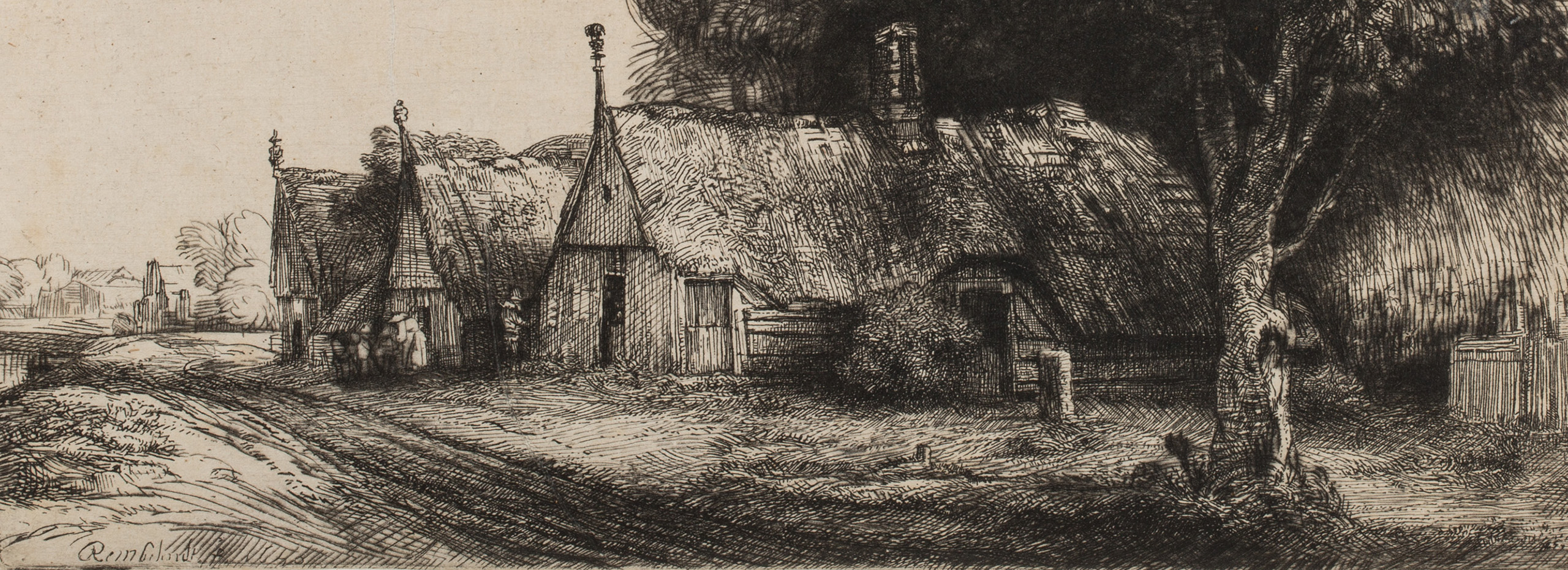Rights & Reproductions

Please note that processing reproduction requests can take anywhere from two weeks to two months.
For additional information or to begin processing your request, please e-mail Annie Abernathy, Rights & Reproductions Coordinator.
Step 1: Which work?
Identify the work(s) you wish to reproduce. Usually the title and artist of the work are enough to identify it, but other information like materials, dates, or accession numbers will be helpful.
Search Our Collections
Step 2: Is the work copyrighted?
The Museum, though it owns the works in its collection, does not own the copyrights of the works. Permission to reproduce a work must be secured from the copyright holder as well as from the owner of the work.
Public Domain: A work considered to be in the public domain is a creative work that is not protected by copyright and may be freely used by everyone. The reasons that the work may not be protected may include: (1) the term of copyright for the work has expired; (2) the author failed to satisfy statutory formalities to perfect the copyright; or (3) the work is a work of the U.S. government.
All works created on or after January 1, 1978, have a copyright term of the life of the creator plus 70 years. However, all works published in or after 1923 are also liable to still have active copyrights. To determine the copyright term of a work, see here.
If the work is not copyrighted, proceed to Step 3.
If the work you are requesting to reproduce is copyrighted, you must contact the administrator of the copyright. This is often smart to do even if the reproduction of the work is fair use (see below). The administrator can be the artist, the estate or the gallery of the artist, or a third-party organization like Artists Rights Society (ARS). The artist’s gallery, if it is not, can often direct you to the copyright administrator. The administrator may impose their own, additional procedures and fees.
Fair Use: The fair use of a copyrighted work, including such use by reproduction, for purposes such as criticism, comment, news reporting, teaching (including multiple copies for classroom use), scholarship, or research, is not an infringement of copyright. In determining whether the use made of a work in any particular case is a fair use, the factors to be considered shall include:
- the purpose and character of the use, including whether such use is of a commercial nature or is for nonprofit educational purposes;
- the nature of the copyrighted work;
- the amount and substantiality of the portion used in relation to the copyrighted work as a whole; and
- the effect of the use upon the potential market for or value of the copyrighted work.
Some helpful websites:
Artists Rights Society (ARS)
United States Copyright Office
Step 3: Place your request with the Museum
Once you have determined copyright status, and/or secured permission to reproduce the work from the administrator of the work’s copyright, contact the Museum with the following information:
- Your name and/or institution’s name
- The work requested
- The required image format (digital preferred, transparency, or slide)
- Your shipping and billing addresses
- Your timeline
- Publication information:
• Title
• Author and/or editor
• Publisher
• Date of publication
• Print run
• Intended audience
• If to be reproduced on the Internet, provide specifics
Step 4: Invoice
The Museum will determine whether or not to grant permission to reproduce the work and the Museum will provide a cost estimate. If the requester accepts the Museum’s estimate, an invoice will be issued. PAYMENT IS REQUIRED. Please see the complete fee schedule below.
Step 5: Approval of the printer’s proof or mock design
- Reproduction rights are granted for only one usage in one publication, one edition, and in one language. Additional language editions and subsequent revised new editions will be considered upon request.
- Full documentation and ownership credit, as specified by the Museum, must accompany the reproduction. If applicable, photographer’s credit must also be given.
- The reproduction may not be bled off the page or cropped in any way. If a detail is used, it must be noted in the caption.
- Nothing may be superimposed on the reproduction (i.e., lettering or tone or another image).
- To insure faithful color reproductions, the Museum must be sent a proof for approval; the Museum reserves the right to order corrections in the reproduction.
Step 6: Permission granted
Once the Museum has approved the proof, a permission form for the reproduction of the work of art will be sent to the requester to be signed.
The publisher is to provide the Museum with at least one copy of the publication in which the reproduction appears.
THE HERBERT F. JOHNSON MUSEUM GIVES NO EXCLUSIVE RIGHTS TO ANY PUBLISHER, AUTHOR, OR PHOTOGRAPHER, NOR DOES THE MUSEUM ASSUME ANY RESPONSIBILITY FOR CLAIMS BY THE ARTIST OR OTHER THIRD PARTIES.
Fee Schedule
Image Fee
Applied to all requested works of art:
A digital image (sent via email or mailed on CD) =
$25 for study; $50 for formal publication
New Photography Fees
In addition to Image Fees, applies to requested works of art not yet photographed:
- Photography of 2D item: $100
- Photography of 3D item: $200 minimum
- Rush fee (less than two weeks notice): $50
Reproduction Fees
In addition to Image and Photography Fees, applies to works of art requested for formal reproduction:
- Exhibition catalogues, scholarly publications, and other not-for-profit uses: WAIVED
- Commercial but educational (textbooks, art books with some scholarly content, encyclopedias): $200
- Other commercial uses (newspapers, magazines, nonscholarly art publications, posters, banners, merchandise): $300
- Reuse or additional medium (ebook, online version of print publication): 50% of original fee
Updated 14 June 2022








